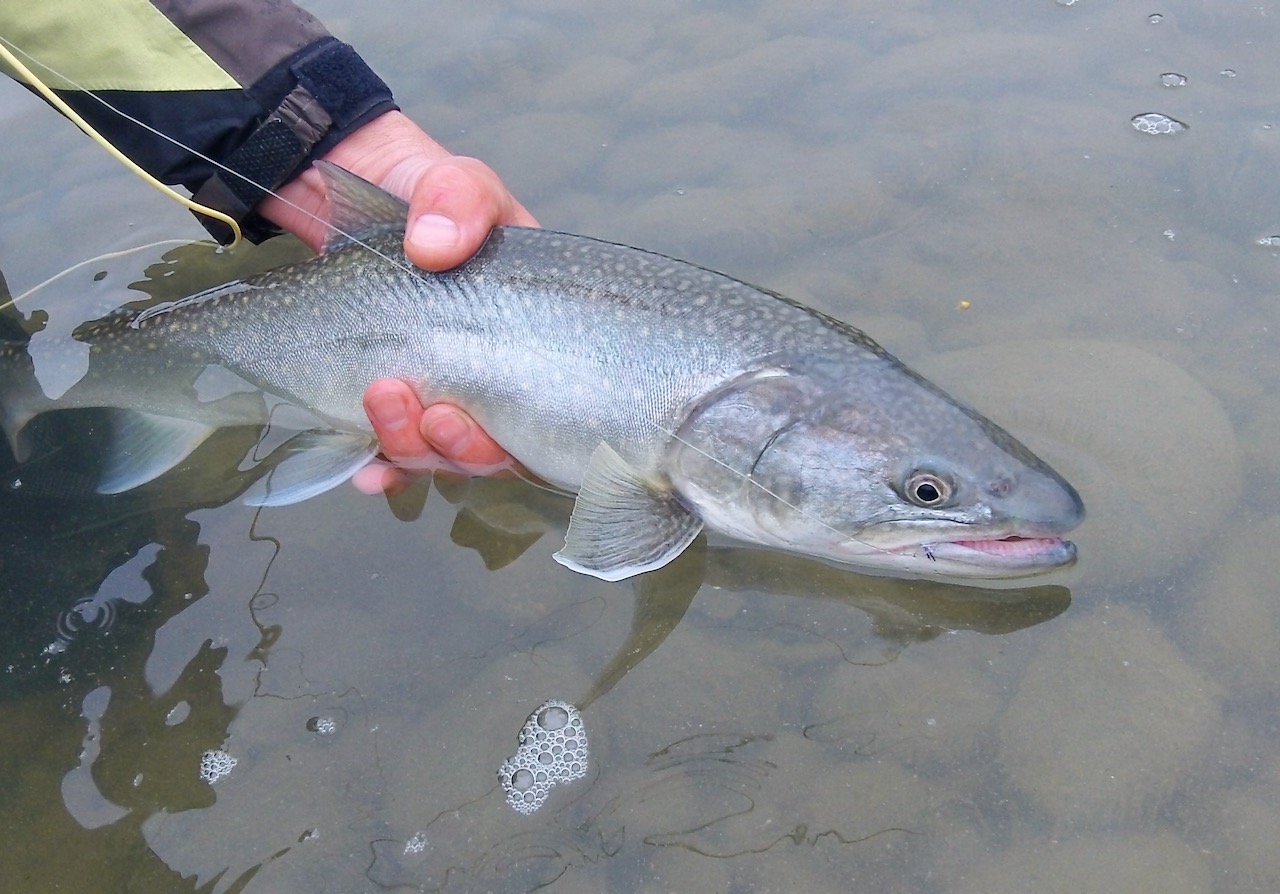LEADER LOGIC
Still tying on a tapered leader? Here’s why they’re obsolete and (mostly) unnecessary
Advertisement

SIMPLE SYSTEM
For floating lines, I just use a single seven- to 12-foot length of mono, selecting the line strength based on the size of the fly and the fish. For the vast majority of my trout fishing, with flies from size 14 up to size 8, I use six-pound mono. On windy days or when using bigger flies, you need a somewhat stiffer leader, so I’ll go up to eight- or sometimes even 10-pound line. (With the heavier mono, I tie on my fly with a loop knot to ensure it has plenty of action.) I only deviate from this system on the rare occasion when I use a tiny size 16 or 18 fly. Then I’ll add 18 inches of four-pound to the end, just to ensure I can thread the line through the hook’s minuscule eye.
I realize that bucking decades of conventional fly wisdom makes me sound like a member of the tinfoil-hat brigade. But if you don’t believe me, try it yourself. Under identical conditions on the lawn or on the water, cast a tapered leader, then a straight one. Even better, conduct a blind test, with someone else rigging the rod so you don’t know whether you’re casting a straight or tapered leader. I’ll bet you my best trout rod you won’t be able to tell the difference—and that it will change your life.
Advertisement
Learn how to fix fly-casting problems at www.outdoorcanada.ca/flycastfixes.

